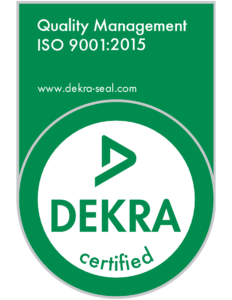An energy director is a design feature used in ultrasonic welding to facilitate the welding process by focusing and directing the ultrasonic energy to the desired welding location. It is a small, raised feature on one or both of the plastic parts to be welded.
When ultrasonic energy is applied to the parts, the energy director concentrates the vibration at the joint area, causing the plastic to melt and allowing the two parts to bond together. The energy director acts as a sacrificial material, absorbing energy and heating up quickly, which creates a localized melting zone.
The shape and size of the energy director can vary depending on the specific application and the materials being welded. Generally, energy directors are small, raised ridges or features that are located near the joint line of the parts. The height, width, and shape of the energy director can affect the strength and quality of the weld, and must be carefully designed and optimized for each specific application.
Energy directors are commonly used in ultrasonic welding applications where the parts being joined are large or complex, or where a high degree of precision is required. They are also used to weld plastics that are otherwise difficult to bond, such as materials with low surface energy or high melting temperatures.
The design of energy directors is critical for successful ultrasonic welding. The shape, size, and location of the energy director can significantly impact the quality of the weld. The most commonly used shape for energy directors is triangular or trapezoidal. The height of the energy director should be at least half the thickness of the thinnest section of the part, and its length should be at least twice the height. The location of the energy director is also important as it should be positioned to allow for maximum energy transfer and should be free from any defects or voids that could weaken the weld.
During ultrasonic welding, the ultrasonic energy from the horn is transferred to the energy director, where it is concentrated and focused onto the joint area. The heat generated from the friction between the two plastic parts causes them to melt and fuse together. The energy director acts as a barrier, preventing the molten plastic from flowing out of the joint area and creating a strong, continuous weld.
Energy directors offer several advantages over other types of plastic welding. First, they provide a consistent and reliable weld, with minimal variation from part to part. This is particularly important in high-volume manufacturing environments where consistency and repeatability are critical. Second, energy directors allow for faster cycle times, as the concentrated energy allows for faster melting and cooling of the plastic. Third, they reduce the amount of flash or excess material that is produced during the welding process, resulting in a cleaner and more aesthetically pleasing weld.
Another advantage of energy directors is their ability to weld a wide variety of plastic materials, including those that are difficult to weld using other methods. Energy directors can be used with materials that have different melting points or different viscosities, making them a versatile option for plastic part design.
In conclusion, energy directors are a critical design feature in ultrasonic welding. Their shape, size, and location are important factors to consider when designing plastic parts for ultrasonic welding. Energy directors provide a consistent and reliable weld, faster cycle times, and reduced flash, making them an attractive option for high-volume manufacturing. They also allow for the welding of a wide variety of plastic materials, making them a versatile and cost-effective option for plastic part design.

